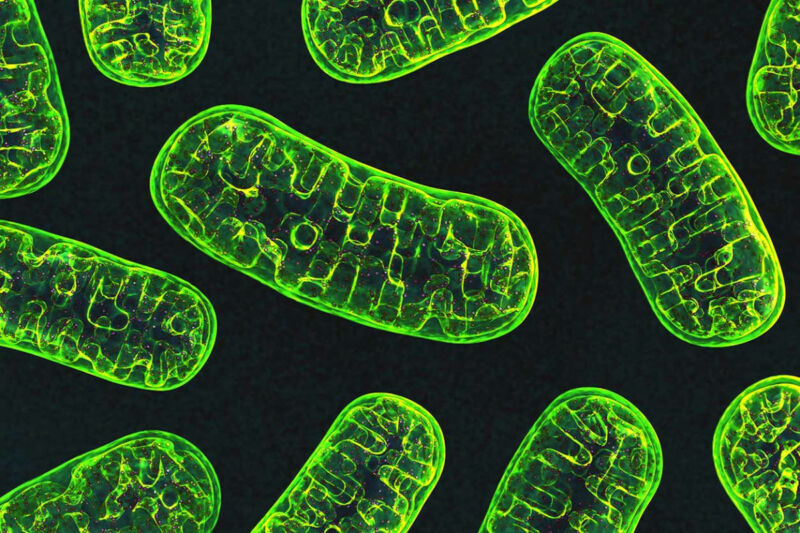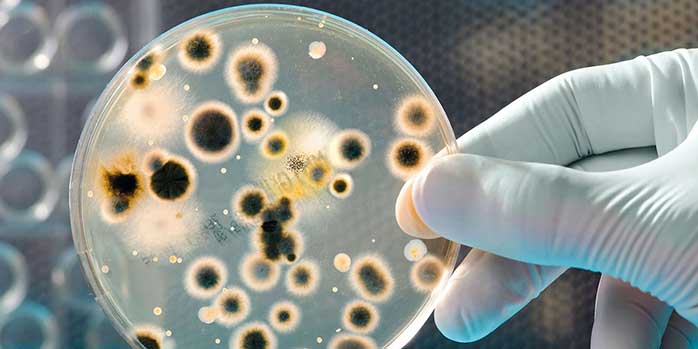Oxygen is the most vital element for the survival of most organisms. You may last a few days without food and water but won’t last even 20 minutes without breathing in fresh oxygen. And that is the case with all animals.
Now, what would be your reaction if I were to tell you that scientists have discovered an organism that can survive without oxygen? Does this surprise you? The recipe of life isn’t the same for all anymore.
The parasite that doesn’t need oxygen
Yes, the organism that can survive without oxygen, unlike others, is a parasite. The researchers have identified a parasite relative of a jellyfish and it acquires its energy from a yet unknown source.
This multicellular creature is shaped like a lollipop and called Henneguya salminicola. It is a microscopic parasite living in the salmon muscle. It lacks mitochondria, the subcellular structure found in cells that turns vital gas into units of energy essential for several functions.
Scientists explain…

Nick Lane, who is a biologist at University College London, explains how this organism is different from the others:
“There are plenty of animals that can go for extended periods without oxygen, but nothing can get through an entire life cycle.”
The researchers believe that the organism evolved in such conditions where it gave up breathing. So it eventually stopped consumption of oxygen for producing energy, i.e., it relies on anaerobic respiration.
Although many single-celled organisms living in anaerobic conditions have lost their mitochondria, H. salminicola is the first multicellular organism to have done so.
Since other animals like fungi and amoebas found in anaerobic conditions have lost their ability to breathe over time, the same might be possible for animals too.
The discovery of the parasite…

It was Dorothee Huchon, a biologist of Tel Aviv University in Israel, who first made the discovery. She recalls thinking, “Okay, something went wrong.”
When Huchon and her colleagues were studying the parasite, they decided to analyse its mitochondrial genome. They were baffled to know that it simply didn’t exist.
Mitochondria, popularly known as the “powerhouse” of a cell, has its own genomes, separate from the DNA housed in the nucleus.
The mitochondria like structure in the cell were devoid of any genetic material, which means it couldn’t function. Those were not true mitochondria.
After this, researchers tried to inspect the DNA in the nucleus of the creature. There are some specific genes present in their DNA that support mitochondrial development. And to their surprise, those genes were either absent or mutated.
All these traits suggest that the creature has discarded the oxygen processing structure. But it’s still not known where the parasite gets its energy from.
As surprising as this is, science always has amazing things in its store!
Until next time!



